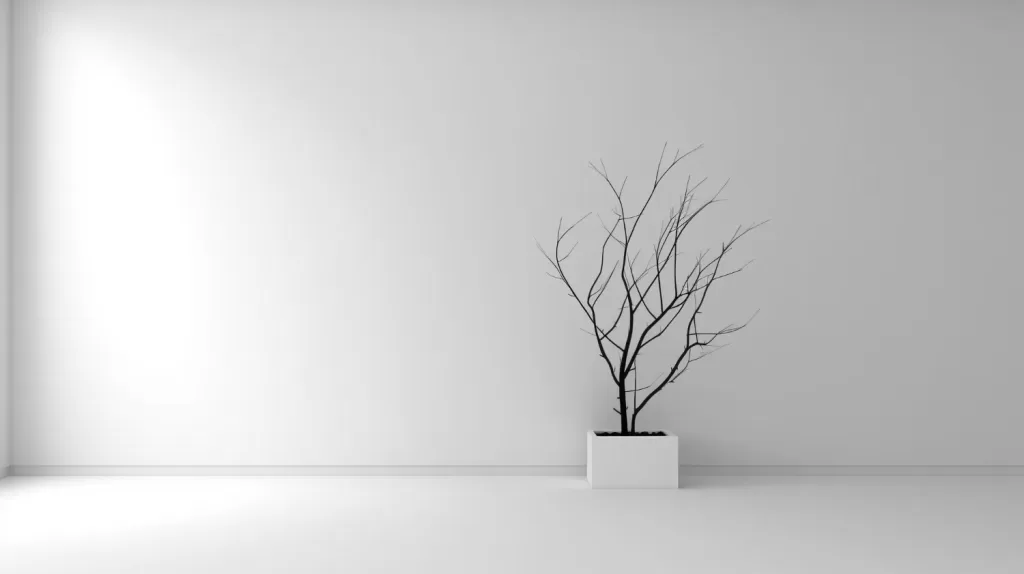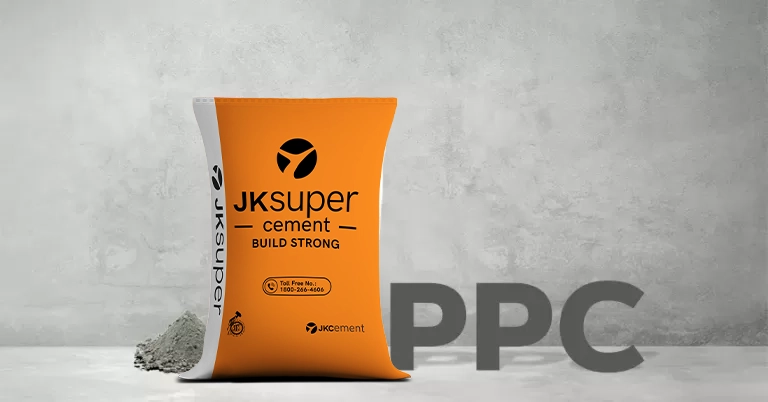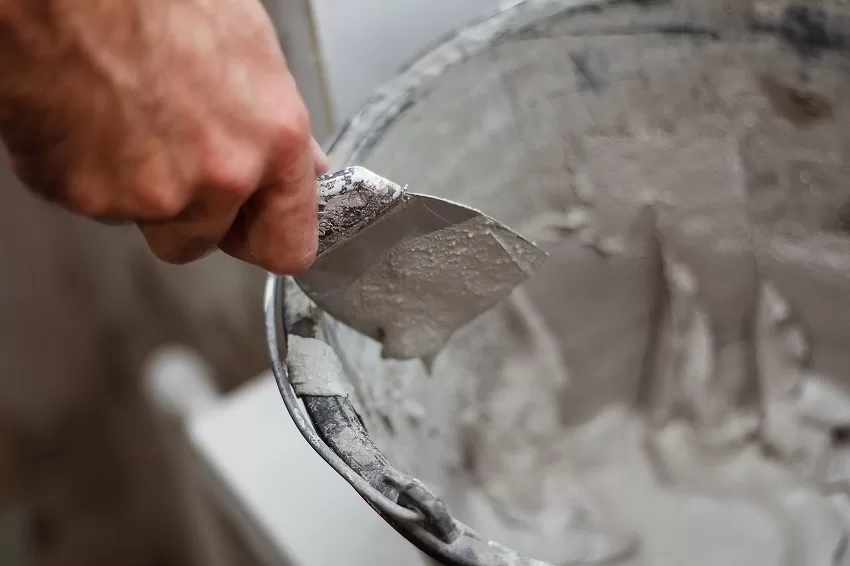In any construction project, along with ensuring strength and durability to the building, you may also want to consider enhancing its aesthetic appeal. White cement does this and more by providing a clean and smooth surface. White cement is a versatile that can be used as decorative paint, white cement wash, textured plaster, etc. It can also be used to manufacture mosaic tiles and create ornamental objects.
White Cement – An Overview
White cement is nothing but Portland cement with a different colour and fineness. The grey colour of Portland cement is due to the oxides of iron, manganese, and other elements. While manufacturing white cement, these oxides are kept at a minimum percentage.
Aesthetic Applications Of White Cement
White cement is used in buildings for aesthetic reasons. This material is frequently used for tiling, grouting and filling cracks and to construct architectural components like white concrete walls, floors and worktops. A variety of design styles are complemented by the clean, upscale appearance that the cement’s white hue offers. White cement has advantages in terms of function as well as aesthetics. It is useful for structural applications where strength is required due to its high compressive strength.
White Cement In Interior Design
White cement is frequently used to create polished or textured walls, floors and ceilings in interior design. Due to its outstanding workability, it can be applied and moulded with ease, creating a seamless and cleaner surface. This can contribute to giving a home or a commercial area a modern and chic appearance.
White Cement In Precast And Decorative Elements
White cement is usually chosen for precast parts because of its capacity to produce a tidy and bright appearance. Precast panels, exteriors and architectural components including columns, cornices, balusters and mouldings are often made using white cement.
The workability and adaptability of white cement allow for the creation of elaborate and detailed designs for decorative features. It can be shaped into many different patterns, shapes and textures, which makes it possible to create decorative objects like sculptures, fountains and other ornamental features. The visual appeal of these components is improved by the smooth and glossy surface that only white cement can produce.
White Cement In Countertops And Surfaces
The toughness and adaptability of white cement makes it a great material for counters and surfaces. White cement gives a crisp, beautiful appearance to counters, giving the space a sense of brightness and openness. It can be used to create the kind of polished, smooth surfaces that are popular in contemporary interior design. White cement countertops are extremely durable and resistant to heat, stains and scratches. Therefore, they are appropriate for kitchens and other locations used frequently for food preparation. White cement can also be sealed to increase its stain resistance and safeguard it from everyday use.
White Cement In Landscaping And Outdoor Projects
White cement can make outdoor spaces feel airy and welcoming. It is ideal for outdoor projects exposed to various climatic conditions since it is resistant to weathering and ultra-violet (UV) ray damage. It won’t lose its structural stability or colour even after being exposed to heavy rainfall, freezing temperatures and direct sunlight. Additionally, the adaptability of white cement enables a wide range of landscaping design alternatives. It can be applied to produce sculptural features, decorative borders, or surfaces with patterns or textures.
White Cement In Architectural Details
Not only is white cement suitable for long-lasting architectural projects, but it can also withstand environmental extremes, including harsh weather conditions and UV exposure, without compromising its structural integrity. This eventually reduces the frequency of maintenance and repairs. Additionally, other textures, colours or special effects can be created by mixing white cement with additional components like aggregates, pigments or admixtures. This diversity of design options enables architects to showcase their creativity and reach aesthetic objectives in their architectural designs.
White Cement In Restoration And Preservation Of Historical Buildings
Due to its characteristics and compatibility with conventional construction methods, white cement is an important material in the restoration and preservation of old structures. The maintenance of the original structure’s historical integrity and aesthetic appeal is vital while undertaking restoration operations. It has a clean, bright appearance that closely matches conventional materials like lime mortar, making it an excellent choice for maintaining and renovating old buildings. White cement has exceptional strength and endurance, which enables it to withstand the demands of time and the climate. And, it can successfully reduce degradation caused by weathering, water infiltration, and other factors that might risk the durability of old buildings.
White Cement In Art And Craft Projects
White cement is simple to mould into a variety of shapes and forms. This makes it perfect for sculpting or producing works of fine art because of its workability, which allows for specific detailing. It can be used as a canvas for a variety of artistic mediums and techniques, including painting, staining and even embedding items like stones or pieces of glass for more texture.
Due to the toughness and weather resistant properties of white cement, artwork and crafts have the potential to last long without losing their visual attractiveness.
Get sparkly white surfaces with our white cement. Know more.
FAQs
What is the use of white cement on walls?
White cement offers a range of advantages when applied to walls, including its clean appearance, smooth finish, customisation options, durability, workability, and compatibility with other materials. These qualities make it a popular choice for enhancing the aesthetic appeal and functionality of wall surfaces in various construction and design projects.
Is white cement waterproof?
White cement is not inherently waterproof; it can be made water-resistant by incorporating admixtures or applying a waterproofing sealant or coating. These measures enhance its ability to resist water penetration and improve its durability in wet environments.
Can white cement be used for concrete?
Yes, white cement can be used in concrete mixtures. When white cement is combined with other materials like aggregates (such as sand and crushed stone) and water, it forms concrete. White cement is often used in situations where a white or light-coloured appearance is desired for the concrete.
Is white cement durable?
White cement is generally considered to be durable when used in appropriate applications and properly maintained. Its solid composition allows it to withstand various stresses and ensure long-lasting performance.













